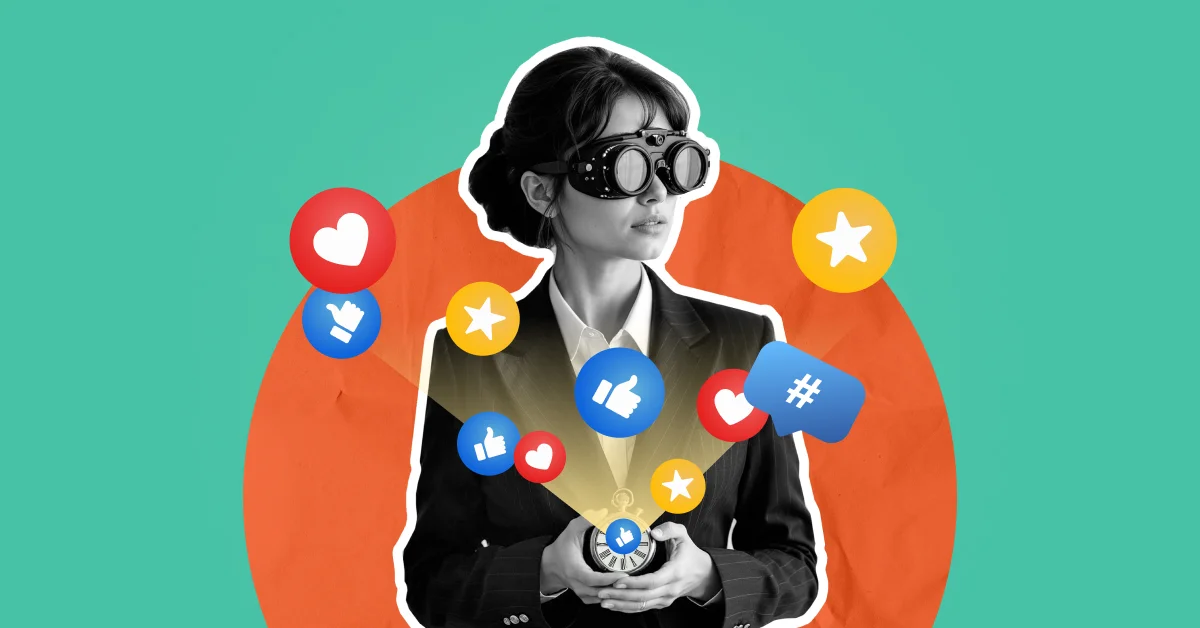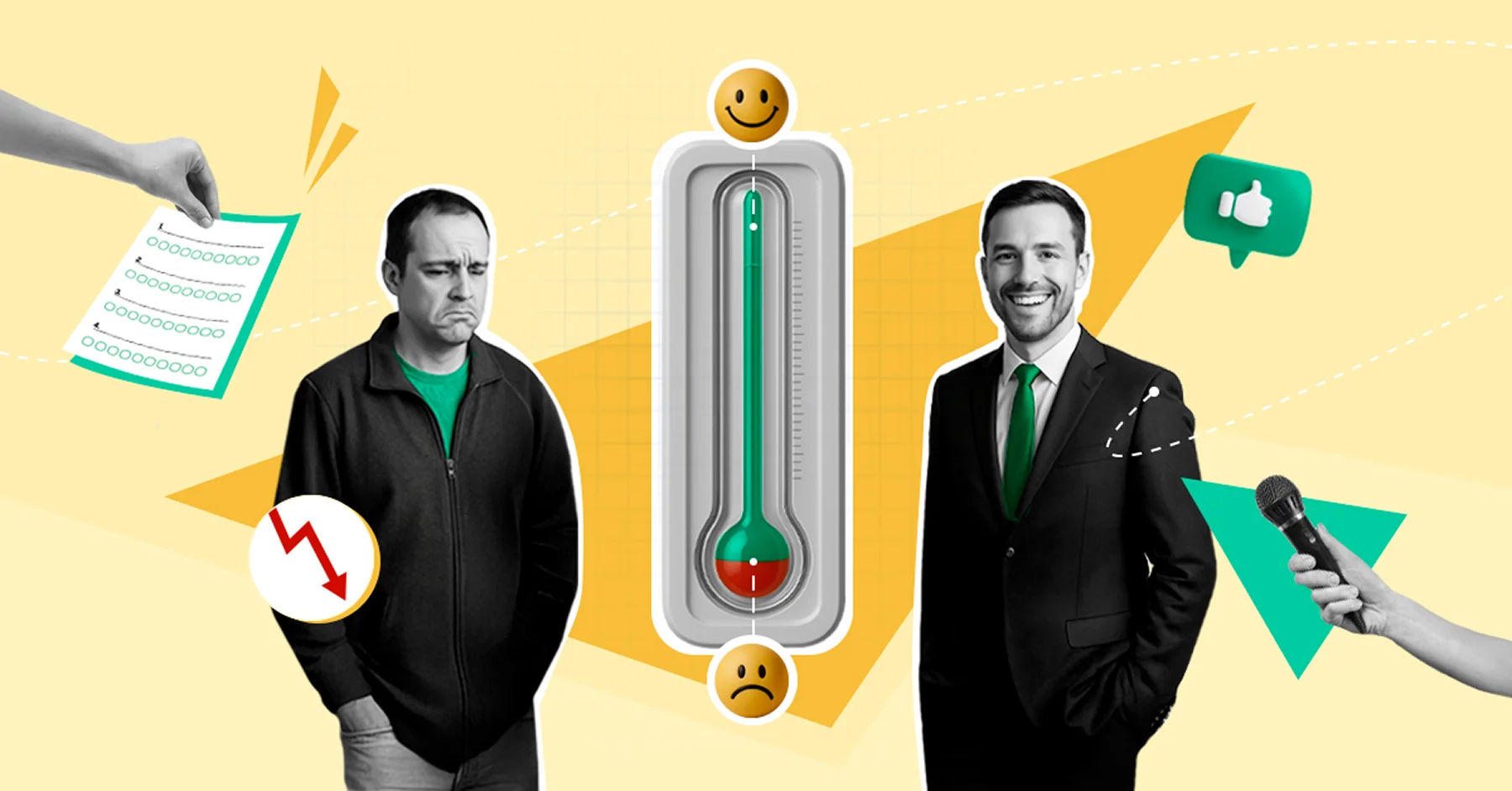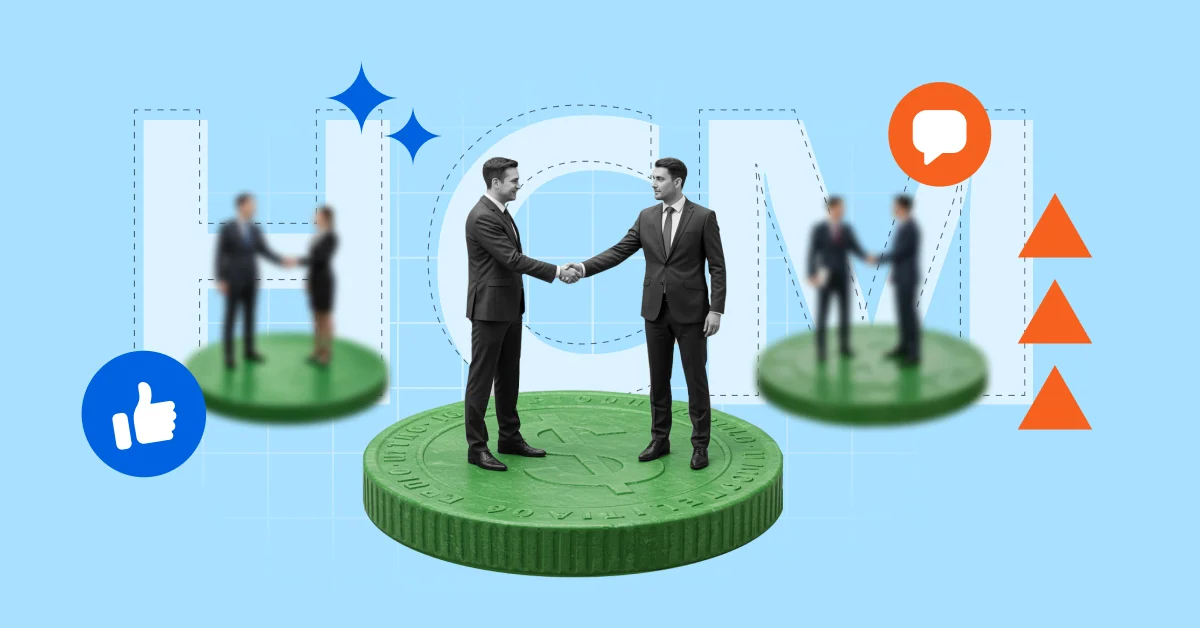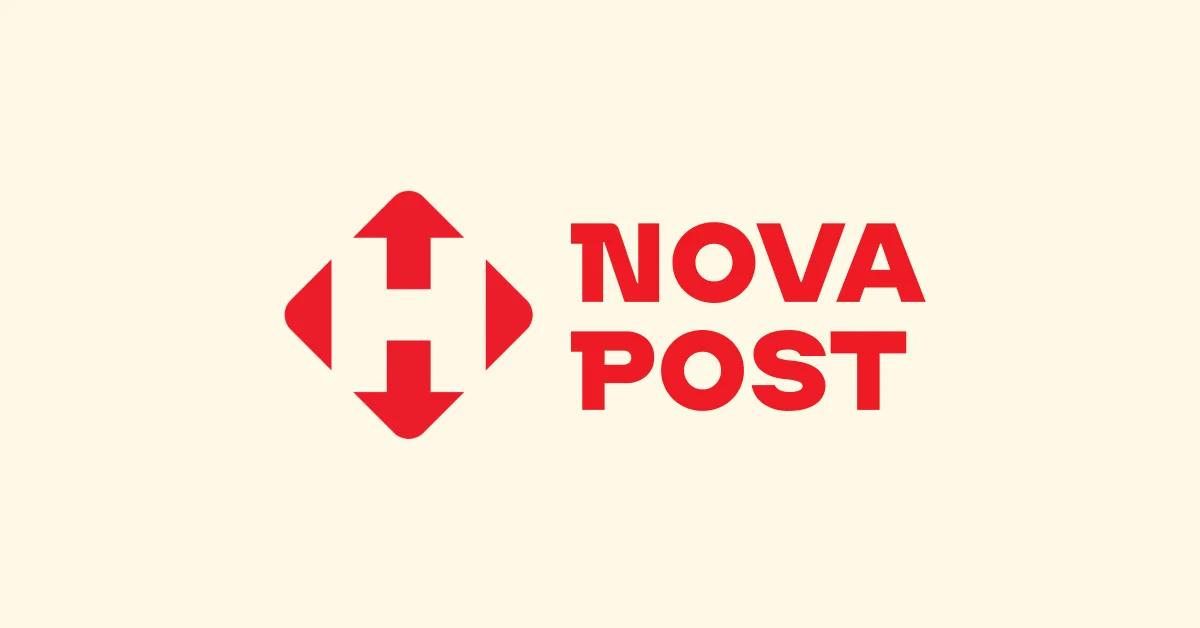If you don’t like change, you will like irrelevance even less
In 2025, HR will continue to transform alongside the modern business market. Companies that aim for success will need to encourage their HR managers to shift from a reactive to a proactive working style, from an administrative to a strategic approach. The main trend of 2025 will be the active participation of HR in all related processes—from financial to analytical ones. Additionally, challenges will include adapting to hybrid work formats, a more active integration of artificial intelligence and analytics in talent management processes, and the development of upskilling and reskilling strategies for employees. The HR department will become a platform for change, considering both the individual needs of employees and global trends—ranging from automation to new approaches to leadership.
Here are the main HR trends for 2025:
- Continuing the automation of processes with AI.
- Strengthening HR analytics and hyper-personalizing the employee experience.
- A focus on mental health and developing a 1:1 culture.
- Updating and modernizing upskilling and reskilling processes.
- Adapting to hybrid workplaces.
- Increasing the influence of DEI (Diversity, Equity, and Inclusion) in organizational culture.
Trend #1: Automating HR Processes with Artificial Intelligence
Research shows that AI users report significant benefits, including saving working time (90%), focusing on the most important tasks (85%), being more creative (84%), and enjoying their work more (83%). It’s clear that in 2025, artificial intelligence will become even more deeply integrated into HR processes. It will help make the following processes faster, more accurate, and more personalized:
- Recruitment Automation: AI will handle routine tasks like the initial screening of resumes, providing HR managers with the most suitable candidates based on set parameters. This will significantly shorten the selection process and give managers more time to personally engage with candidates.
- Onboarding and Offboarding Automation: AI will help create standardized onboarding and offboarding processes for employees. It will also monitor the adaptation process for new hires and automatically identify areas for improvement.
- Reporting Analysis: AI will automate the collection, analysis, and summarization of reports. This will be especially useful for companies that have not yet transitioned to a fully integrated ERP system and have multiple unsynchronized databases.
- Email Automation: AI will make mass email communication smarter. With better segmentation, enhanced analytics, and hyper-personalization of customer experience, email marketing will become more effective. Chatbots and automated responses will give clients the choice of receiving information from the bot or engaging with a manager, based on their preference for communication.
- Systematizing New Information: AI tools have proven highly effective in data segmentation and organization. They reduce human error and allow HR professionals to focus on analyzing final results, rather than searching through vast amounts of data and documents.
- Planning and Forecasting: Using the analytics from reports and other indicators, AI will be able to accurately forecast company demand. Modern AI tools take into account not only general factors but also fluctuating variables such as seasonality, social and economic trends, and geographical and demographic data. Based on this, AI will offer flexible development strategies that focus on growth opportunities.
The main task for companies in 2025 is to integrate AI technologies in a way that strengthens the human element, keeping the focus on employees (i.e., AI should act as an assistant, not a replacement). Market trends indicate that AI integration is now essential to maintain competitiveness. This is not only true for companies – Microsoft research shows that 66% of market leaders will not hire a specialist without AI skills. However, only 39% of companies provide their employees with AI training. As a result, many specialists don’t know, for example, how to properly write prompts for AI, which only adds to frustration and misunderstanding of the changes. Companies should create a safe space for employees to calmly learn and explore AI. Microsoft Copilot – an AI assistant that is continuously updated – can help with this. It provides specialists with an intuitive interface and tools to automate routine tasks, while HR managers can quickly create personalized AI learning plans for each employee. Hyper-personalized learning is becoming a necessity for the effective development of a company in an ever-changing market.
Trend #2: Using Advanced Analytics Tools for Hyper-Personalized Employee Training
Properly configured automation of analytics ensures the development of talent in areas that meet both employee needs and company goals. This approach reduces the risk of human error and optimizes process efficiency. Modern analytics tools not only make conclusions based on large data sets but also predict the success of strategies, the development potential of individual specialists, and work completion rates. With these clear data insights, HR managers will be able to plan employee training more accurately and effectively and develop their professional potential. According to consulting company Lorman, companies with a strong learning culture increase employee retention by 30–50%, helping avoid talent loss due to lack of development. Meanwhile, 91% of specialists desire personalized training – something analytics and AI can provide through the following approaches:
- Big/Mega Data Analysis: Collecting and analyzing data on employee performance, interests, and learning styles allows for more accurate identification of learning needs and program adaptation to individual goals.
- Dynamic Learning Platforms: AI-powered tools can automatically adjust training content based on the employee’s progress and understanding level.
- Predictive Analytics: This identifies future skill needs and suggests training programs that aid long-term career adaptation.
- Recommendation Systems: AI creates personalized course or training suggestions that align with current tasks and career goals.
- Integration with Cognitive Tools: The use of augmented reality (AR), virtual reality (VR), or cognitive chatbots enables the creation of interactive and realistic learning scenarios.
- Gamification and Adaptive Content: The introduction of game elements and interactive tasks increases motivation and engagement, creating a personalized learning experience.
Insights gained through automated analytics tools can help companies reassess their EVP (employee value proposition), which will, in turn, improve retention and provide a clearer picture of the company’s staffing situation. If an employee knows exactly how they are valued by the company and has confidence in their position, they are less likely to want to leave. This is an advantage because, as it is known, retaining an existing employee costs a company less than hiring a new one. Recently, there has been a trend in HR known as the “big stay”, replacing the “great resignation”. This means that companies are increasingly valuing experienced employees and “silver workers”, choosing to retain their current teams and occasionally augment them with new talent.
Trend #3: Focus on Employees’ Mental Health and 1:1 Culture: “Shall We Talk?”

According to Microsoft’s research, 68% of specialists are struggling with the modern work pace, and 46% feel burnout. Of course, this affects the main indicator of a company’s success. In addition to regular burnout, employees are currently experiencing high levels of anxiety due to the active implementation of AI. Therefore, HR managers must address these issues now to prevent these numbers from rising. It is crucial to establish a strong connection with employees and keep track of their mental state. Regular 1:1 meetings can help with this task, providing:
- improved relationships within the team,
- prevention of stress and burnout among employees,
- reduced employee turnover,
- regular feedback,
- support for individual employee development.
Trend #4: Updating Upskilling and Reskilling Processes
Modern technologies are rapidly developing and becoming highly demanded on the market, so any business increases its chances of success by maintaining the qualifications of specialists at the current level. Upskilling (improving qualifications within the current specialization) and reskilling (retraining) are mutually beneficial guarantees between the company and the employee, making them a long-term investment in talent development. Upskilling and reskilling processes help the company keep its services relevant, maintain high qualification levels within the team, and reduce recruitment and adaptation costs for new employees.
The role of HR managers in these processes is to identify which specialists need retraining and which need upskilling, then develop individual development plans. Of course, if done manually, these processes will consume a lot of managers’ time, leaving little opportunity for quality communication with employees. This is why automating upskilling and reskilling with specialized tools, such as the SMART HCM & LMS platform, allows companies to achieve the following results:
- Career growth and income increase for specialists.
- Retaining company talent.
- Quick adaptation of the team to changes
- Reduced recruitment costs.
- Improved employee motivation.
- Enhanced company brand and alignment with current trends.
Trend #5: Ensuring Comfortable Communication Between Employees in a Hybrid Work Environment
Recently, companies are slowly moving away from old frameworks and standards, preferring flexibility and productivity from their specialists. However, human connection remains one of the main guarantees of a company’s success, raising the question: How can companies ensure comfortable communication among employees, especially in a hybrid work format? Here are a few tips:
- Ensure clear communication within the company.
- Focus on building a culture of trust.
- Provide flexibility through expanded technical capabilities.
- Gamify team-building activities.
- Maintain employees’ morale.
A useful tool for improving the effectiveness of the hybrid work format is a unified company communication environment, such as SmartPoint Intranet. This solution allows employees (regardless of their geographic location) to access corporate knowledge bases and communication tools for receiving corporate news and updates. Additionally, the Intranet integrates with other Microsoft solutions to build a consolidated IT ecosystem, simplifying employees’ access to resources and preventing information duplication. The solution is also excellent for supporting the company’s social initiatives: employees can participate in online forums, discussions, feedback, and surveys, which strengthens the corporate culture.
Development Strategies: How to Implement HR Trends of 2025 in the Company’s Daily Processes
So, the main HR trends for 2025 have been defined. However, a question may arise: how exactly do we follow these trends? Where do we start? Here are some strategies to adapt your company’s processes to the trends described above:
- Develop Your Own AI Work Ethics: Define your requests to AI assistants and determine the main areas where you would like to apply these technologies. Ensure that employees have access to training and research on new tools and create a corporate culture around these implementations.
- Cross-functional Collaboration: Create teams that unite specialists from different departments. This will foster knowledge exchange, innovation, and more efficient problem-solving for business tasks.
- Defining T-shaped Competencies: Focus on developing deep specialized knowledge (vertical T) in combination with broad interdisciplinary skills (horizontal T) for employees to increase their flexibility and efficiency.
- Data Protection (especially when working with AI): Ensure that the tools you choose for implementation use the latest cybersecurity protocols, such as GDPR and ISO. Pay attention to how AI-based tools handle your data.
- Focus on Personal Connections: Ensure regular 1:1 meetings, focus on employees’ mental health, and pay special attention to implementing tools for building corporate communication.
- Monitoring and Adapting Development: Use analytics to track progress in employee learning and development. Adapt programs promptly according to the changing business needs of your company.
- Culture of Innovation: Encourage experimentation and initiative from employees. Don’t be afraid to introduce new approaches but remember to create a comfortable environment that motivates development and idea generation
- Choosing Relevant Solutions: Research the market and choose a solution that either fully meets your company’s needs or is flexible and multifunctional, like SMART HCM & LMS, which allows you to customize the solution to fit your needs.
HR in 2025 is not just about trends. It’s an era where technology and human values create a unique synergy. Increased productivity through artificial intelligence, flexibility in hybrid work models, a focus on mental health, and personalized learning are tools that make businesses effective and focused on their employees. Companies that can implement these innovations will not only gain a competitive advantage but also a team of engaged and motivated professionals. After all, the future belongs to those who invest in people while wisely utilizing the potential of technology.
Would you like to automate your HR processes according to modern trends or scale your HR ecosystem? Submit a request, and SMART business experts will help you select relevant tools.



